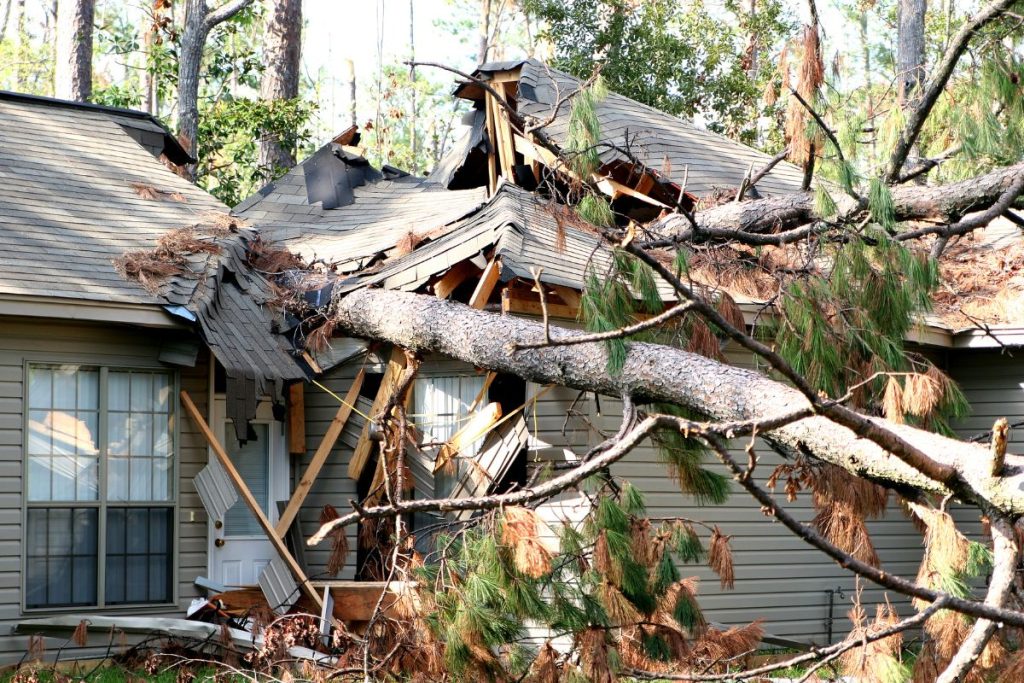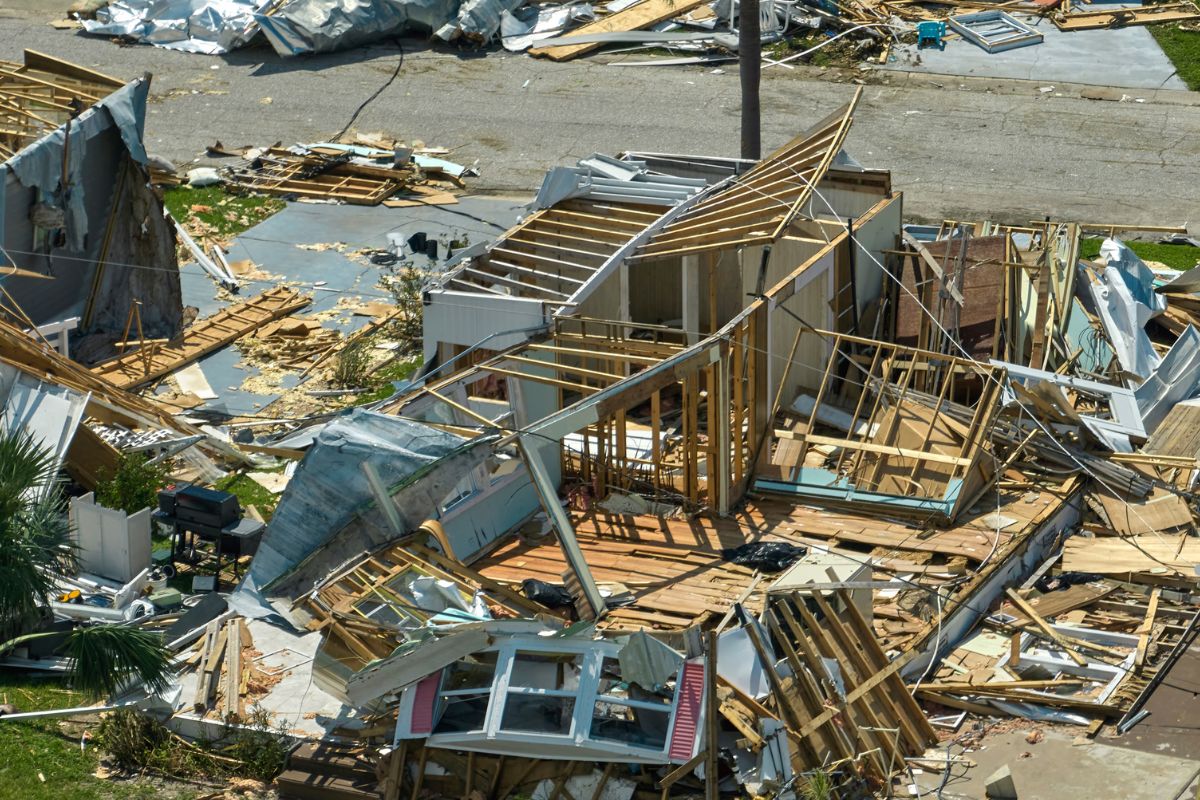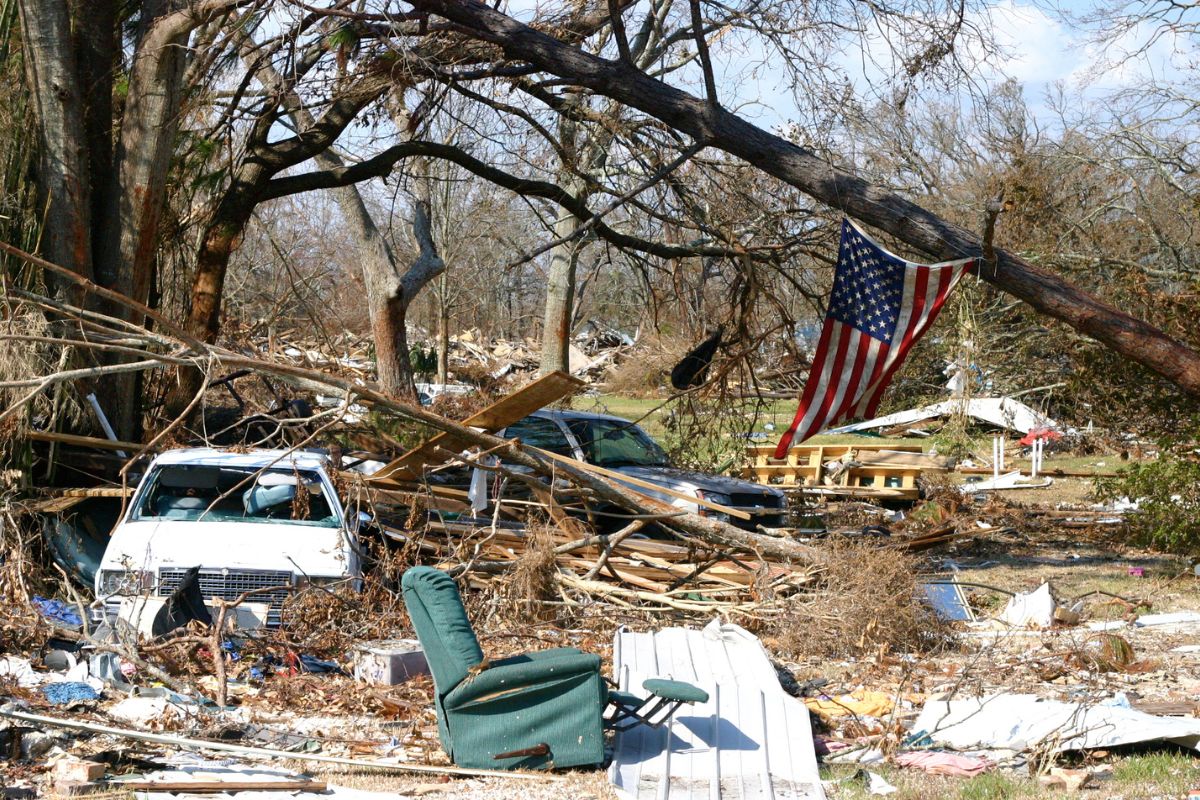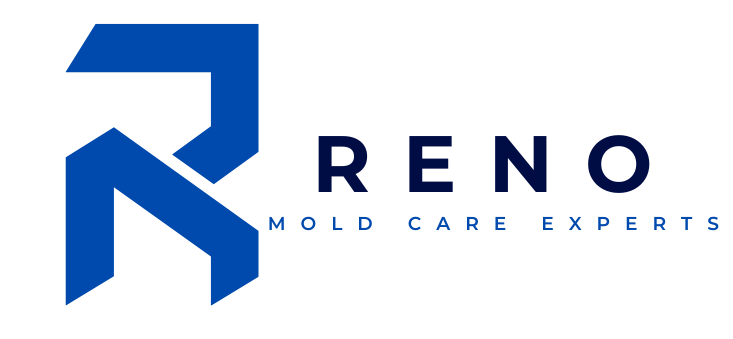
Hurricanes leave behind a trail of devastation. Are you facing the overwhelming task of cleaning up after a hurricane? Safety is paramount. This guide will walk you through the essential steps of assessing the damage, safely removing debris, preventing mold, and knowing when to call in the professionals for services like water damage restoration and hazardous waste removal. We’ll also cover resources available to help you get back on your feet. Don’t wait, your safety and the protection of your property are essential!
Understanding Hurricane Aftermath

The aftermath of a hurricane can feel overwhelming. Homes may be flooded, trees uprooted, and debris scattered everywhere. It’s important to remember that recovery is a process, and taking it one step at a time can make it more manageable. Understanding the immediate challenges, like contaminated water and structural damage, is crucial for ensuring a safe and effective cleanup. Call us now for expert assistance in navigating your cleanup and recovery process.
Safety First! Prioritizing Your Well-being
Your safety is the absolute top priority. Entering a hurricane-damaged area can be dangerous. Here’s what you need to know:
- Essential Safety Gear: Wear appropriate Personal Protective Equipment (PPE), including:
- Sturdy boots: Protection against sharp objects and contaminated water.
- Gloves: Protect your hands from cuts, scrapes, and hazardous materials.
- Mask or respirator: Protect against dust, mold spores, and other airborne particles.
- Eye protection: Goggles or safety glasses to shield your eyes from debris.
- Avoiding Electrical Hazards: Never touch downed power lines. Assume all electrical wires are live. If your home has been flooded, have a qualified electrician inspect the electrical system before turning the power back on.
- Dealing with Mold Concerns: Mold can begin to grow within 24-48 hours after flooding. Wear a mask and gloves when handling moldy items. If you have extensive mold growth, consult a professional mold remediation service.
- Food and Water Safety: Floodwater can contaminate food and water supplies, posing serious health risks. Do not drink tap water until it has been declared safe by local authorities, and discard any food that has come into contact with floodwater. For assistance with water damage and contamination, consider our Water Damage Restoration Services to ensure your home is safe and restored.
Assessing the Damage
- Before you start cleaning: take the time to thoroughly assess the damage to your property. This will help you prioritize your efforts and file an accurate insurance claim.
- Documenting the Damage (Photos & Videos): Take detailed photos and videos of all damaged areas, both inside and outside your home. This documentation will be crucial for your insurance claim.
- Contacting Your Insurance Company: Contact your insurance company as soon as possible to report the damage. Ask about their claims process and what documentation they require.
- Structural Integrity Assessment: If you suspect structural damage to your home, have it inspected by a qualified structural engineer before entering.
Starting the Cleanup Process

Once you’ve assessed the damage and taken necessary safety precautions, you can begin the cleanup process.
- Removing Debris and Water: Remove debris and standing water from your home as quickly as possible. Use pumps to remove water from flooded basements.
- Dealing with Fallen Trees: Exercise caution when dealing with fallen trees. If a tree has fallen on your home or near power lines, contact a professional tree removal service.
- Cleaning and Disinfecting: Clean and disinfect all surfaces that have come into contact with floodwater. Use a solution of bleach and water (1 cup of bleach per gallon of water).
- Protecting Undamaged Property: Cover undamaged furniture and belongings to protect them from further damage during the cleanup process. Call us now for professional assistance in safeguarding your property and ensuring a smooth cleanup
Specialized Cleanup Tasks
Some cleanup tasks require specialized knowledge and equipment. It is often best to leave these tasks to the professionals.
- Mold Remediation: Mold can cause serious health problems. If you have extensive mold growth, hire a certified mold remediation specialist.
- Water Damage Restoration: Water damage can lead to structural problems and mold growth. Professional water damage restoration services can quickly and effectively dry out your home.
- Sewage Cleanup: Sewage backups can pose serious health risks. Do not attempt to clean up sewage yourself. Contact a professional sewage cleanup service.
- Handling Hazardous Materials: Hazardous materials, such as asbestos and lead paint, require specialized handling and disposal. Contact a qualified hazardous materials removal service for safe and effective management. For more information on how we can help, visit our services page to explore all our professional offerings.
Working with Professionals
Knowing when to call in the professionals is crucial. Attempting complex or dangerous cleanup tasks yourself can put your safety at risk.
- Finding Reputable Contractors: Get recommendations from friends, family, or your insurance company. Check online reviews and verify licenses and insurance.
- Understanding Estimates and Contracts: Get written estimates from multiple contractors. Read the contract carefully before signing, and make sure it includes a detailed scope of work, payment schedule, and warranty information.
- Avoiding Scams: Be wary of contractors who pressure you into signing a contract, demand upfront payment, or offer unrealistically low prices.
Resources and Assistance
Many organizations can provide assistance after a hurricane.
- FEMA Assistance: FEMA provides financial assistance to individuals and families affected by disasters.
- Red Cross: The Red Cross provides shelter, food, and other assistance to disaster victims.
- Local Government Resources: Contact your local government for information on disaster assistance programs and cleanup efforts.
- Non-Profit Organizations: Many non-profit organizations provide disaster relief services.
Preventing Future Damage
Taking steps to protect your home from future hurricanes can save you time, money, and stress.
- Home Protection Measures: Install hurricane shutters, reinforce your roof, and elevate appliances.
- Creating a Disaster Plan: Develop a family disaster plan that includes evacuation routes, communication strategies, and emergency contact information.
- Emergency Supply Kit: Assemble an emergency supply kit that includes food, water, medications, first-aid supplies, and other essential items.
Rebuilding and Recovering
The road to recovery after a hurricane can be long, but it is important to stay positive and support your community. Remember that you are not alone, and there are resources available to help you rebuild and recover. Contact Us today for assistance in navigating your recovery process, and let us help you restore your home and peace of mind.
